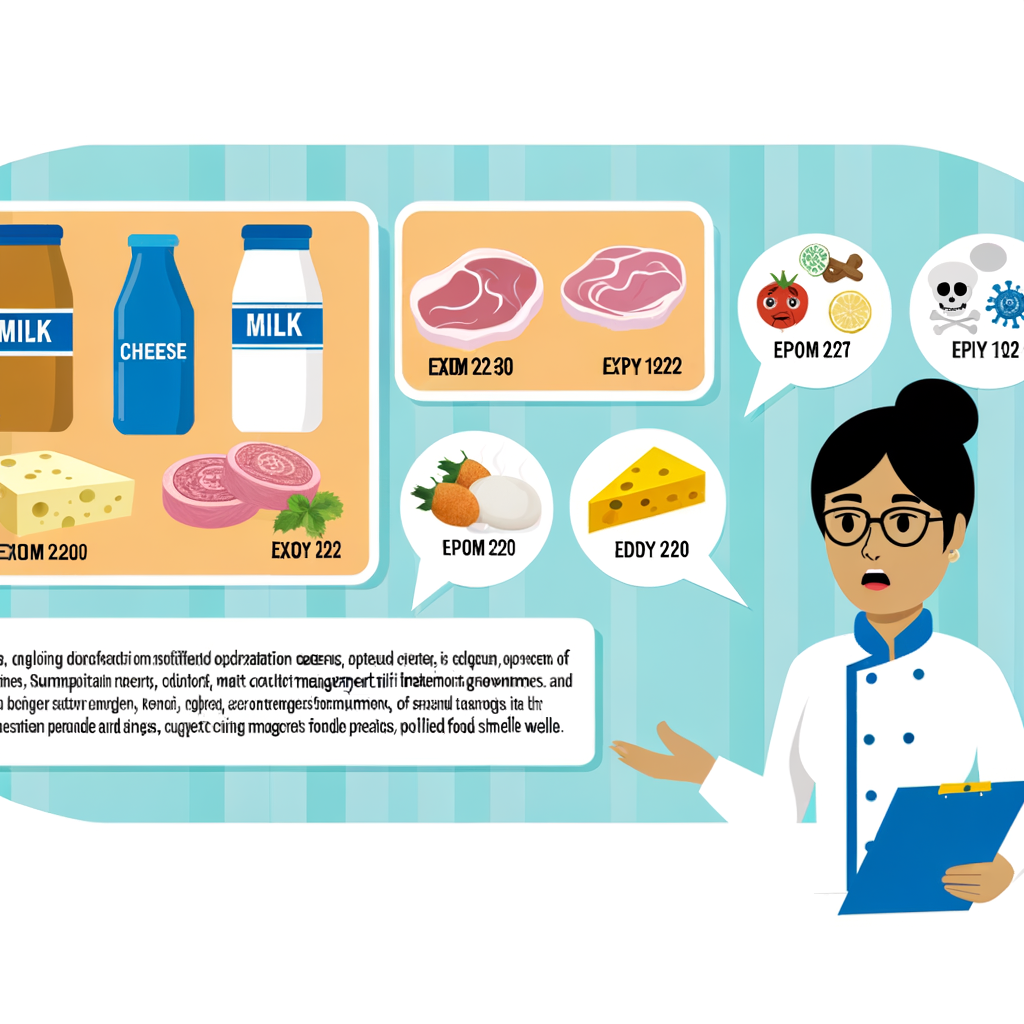As a chef, it is my responsibility to not only create delicious dishes, but also to ensure the safety of the food I serve to my customers. One key aspect of food safety is understanding expiration dates. Expiration dates are printed on food products to indicate the last date that the food is safe to consume. This is important because consuming expired foods can lead to foodborne illnesses.
There are two types of expiration dates: “sell by” and “use by”. The “sell by” date is meant for retailers and indicates the last date that the product should be displayed for sale. The “use by” date is intended for consumers and is the last date that the product should be consumed for the best quality and taste. It is important to note that these dates are not the same as expiration dates. Foods can still be safe to eat after the “use by” date, but the quality and taste may have diminished.
To ensure the safety of your food, it is important to pay attention to expiration dates and properly store your food. Perishable foods such as meat, dairy, and eggs should be refrigerated promptly and consumed before the expiration date. Non-perishable foods such as canned goods can generally be consumed safely after the expiration date, but it is always best to check for any signs of spoilage before consuming.
In conclusion, it is crucial to understand expiration dates and follow them for the safety of yourself and others. As a chef, I prioritize the safety and well-being of my customers and I hope that you will do the same at home.





